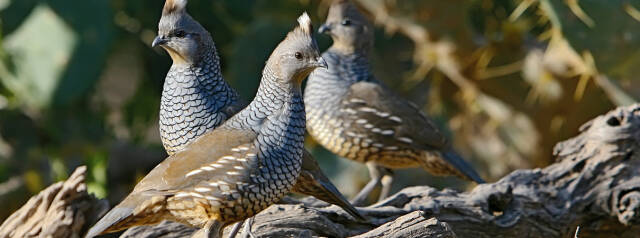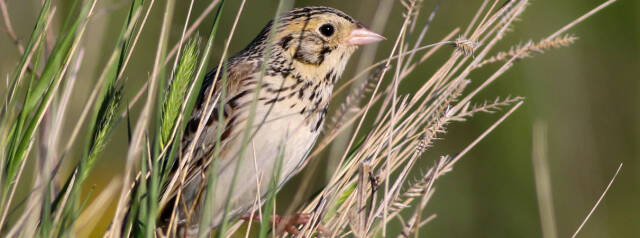North America has 55 Grassland Priority Conservation Areas – the most extensive, intact and highest quality grasslands on the continent. Thirteen of these 55 are in the Chihuahuan Desert. Between 2006 and 2010 cropland in this area increased by 69%. This created intense pressure on aquifers and brought agrichemicals to the area.
The desert area that was once a very lush grassland that supported all sorts of animals from large Bison to small prairie dogs has become an unproductive, dry and lifeless desert. The goal of the project is to work in sync with mother nature, by moving cattle every day mimicking old migratory routes of the bison from water points to water points. As the cattle move from location to location, they are transporting seeds of plants they consume. They fertilize the ground, and their hoofs work the soil so that when it rains, life can take hold.
When native grassland plants grow, they begin storing and sequestering carbon in their roots deep in the soil often at much higher rates than the above ground greenery would indicate.
This transformation is already having an impact; small islands of grasslands have returned to the Chihuahuan desert. Farmers in northern Mexico are seeing success with the regenerative farming techniques and the uptake from other farmers has been successful. Over 1 million acres of farmland are partnered with this project and is being monitored by satellite data. This data helps vaqueros (cowboys) plot their path through the desert to locations that need the cattle train.
This project relies on a partnership with local “ejidos” or communities in Mexico whereby the entire community must agree to execute the project. Community meetings are held and votes are counted and in this way all members of the community share in the proceeds.









